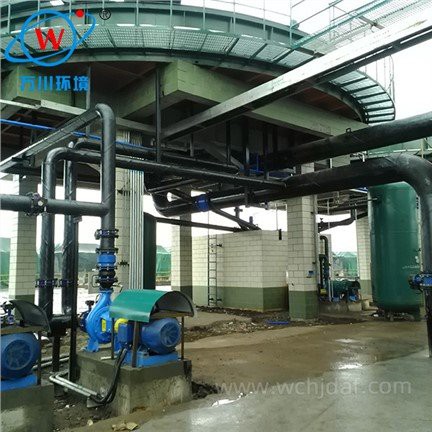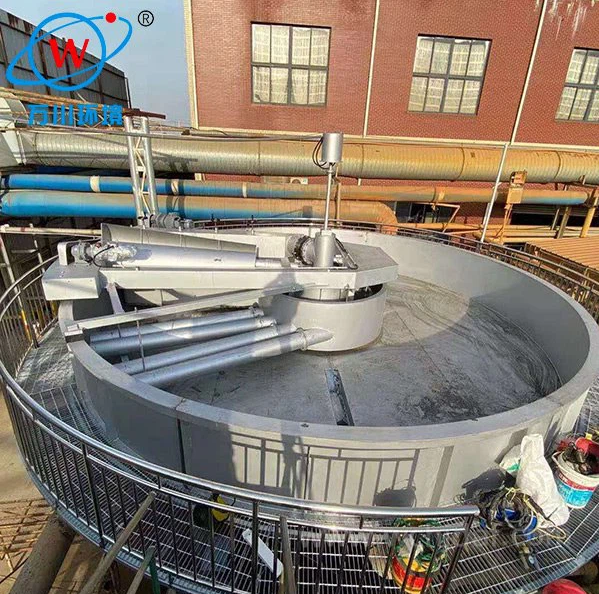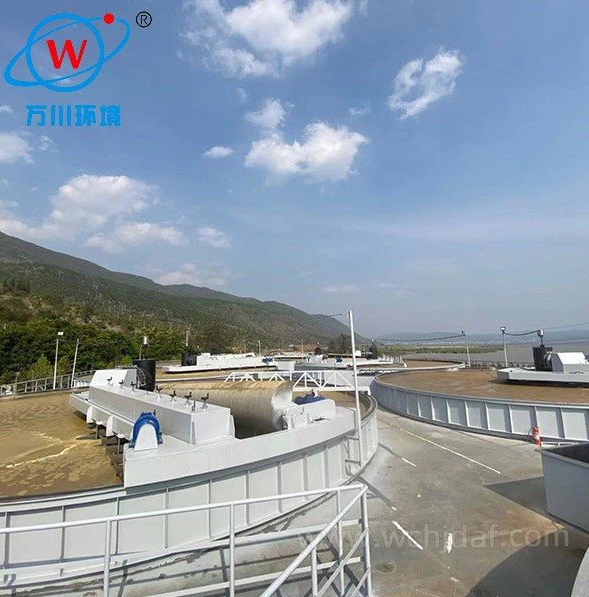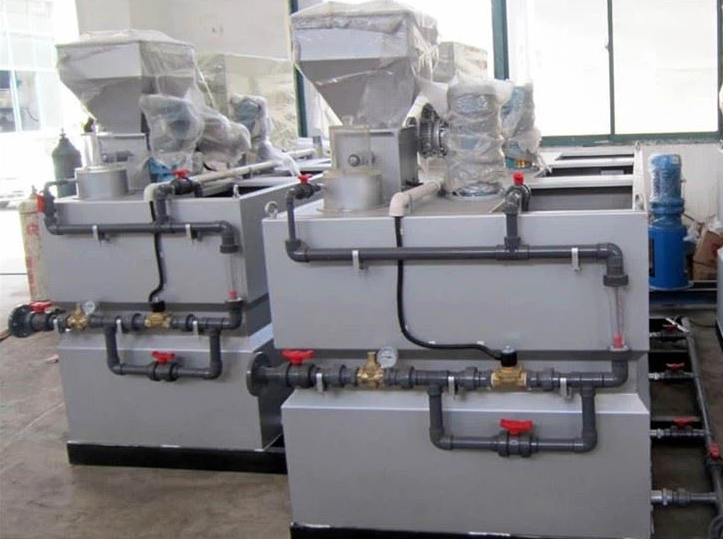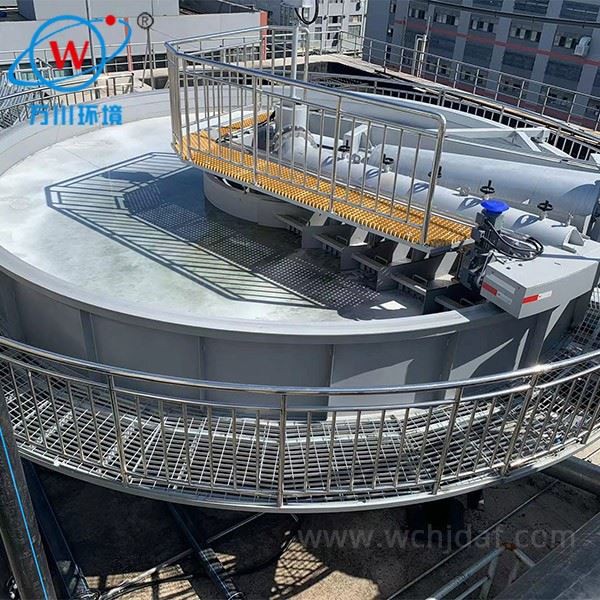Dissolved Air Flotation Unit Effectiveness
The effectiveness of a dissolved air flotation unit in removing suspended solids depends on several interconnected factors related to its design and operation. This technology works by introducing tiny air bubbles into the wastewater stream, which attach to suspended particles, causing them to rise to the surface where they can be skimmed off as scum.
Particle Characteristics
- Particles with hydrophobic properties attach more readily to air bubbles, enhancing removal efficiency
- Highly hydrophilic particles may require chemical pretreatment to improve attachment capabilities
- Particle size and surface charge significantly affect bubble attachment efficiency
Flotation Tank Design
- Proper flow distribution ensures sufficient contact time between particles and air bubbles
- Turbulence levels must be carefully controlled—excessive turbulence disrupts attachments while insufficient turbulence prevents adequate mixing
- Tank geometry affects hydraulic retention time and separation efficiency
Chemical Treatment
- Coagulants and flocculants help aggregate fine particles into larger, more easily captured flocs
- Chemical selection and dosage must be tailored to specific wastewater characteristics
- pH adjustment may be necessary to optimize chemical performance
Operational Parameters
- Air pressure in the dissolving system affects bubble size and distribution
- Recycle ratio (recycled water to raw wastewater) impacts system efficiency
- Smaller, uniformly distributed bubbles provide greater surface area for particle attachment
Maintenance Considerations
- Regular cleaning prevents scaling or clogging in the bubble generation system
- Nozzle and diffuser maintenance ensures consistent bubble production
- Skimmer mechanism maintenance maintains proper scum removal
Overall, when properly designed, operated, and maintained, dissolved air flotation units can achieve substantial reduction of suspended solids across various wastewater types.

